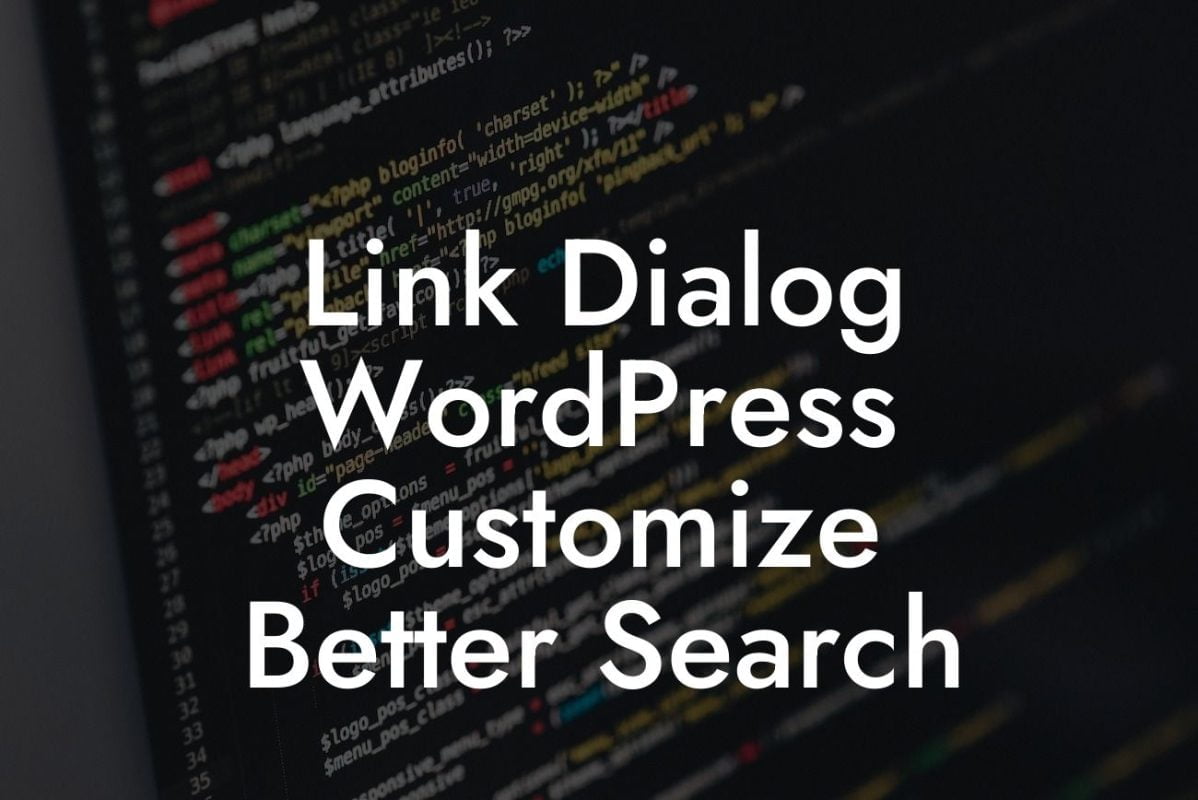Building a unique and powerful WordPress plugin can be a game-changer for small businesses and entrepreneurs looking to establish a strong online presence. In this comprehensive guide by DamnWoo, we will take you through the step-by-step process of creating your own plugin that will supercharge your success. Say goodbye to generic alternatives and embrace the extraordinary with DamnWoo's exclusive plugins.
Creating a WordPress plugin from scratch may sound daunting, but with the right approach, it becomes an exciting and rewarding experience. Let's break down the process into manageable steps:
1. Understanding Your Goals:
Before diving into development, it's crucial to define the purpose of your plugin. Are you aiming to enhance website functionality, optimize SEO, or improve user experience? Clearly outline your objectives to ensure a focused and efficient development process.
2. Planning and Research:
Looking For a Custom QuickBook Integration?
Once you've identified your goals, conduct thorough research to analyze existing plugins in your niche. Understand their strengths, weaknesses, and the gaps they leave unfilled. This research will help you identify unique features for your plugin that address specific pain points of your target audience.
3. Designing Your Plugin:
Create a blueprint for your plugin's architecture and functionality. Divide the project into smaller tasks and allocate development time for each. Determine the core features and consider adding customizable options that allow users to personalize their experience. Remember, simplicity and intuitive design are key factors for a successful plugin.
4. Development Process:
Now it's time to get your hands dirty and start coding. Familiarize yourself with WordPress's Plugin API and follow best practices to ensure compatibility, security, and performance. Leverage WordPress hooks and filters to integrate your plugin seamlessly within the CMS ecosystem. Regular testing and debugging during the development phase will help maintain a bug-free plugin.
5. Testing and Refining:
Consistently test your plugin across multiple devices, browsers, and WordPress versions to iron out any potential bugs or compatibility issues. Seek feedback from beta testers and make necessary refinements to optimize user experience.
How To Build Wordpress Plugin Example:
Let's imagine you're running an e-commerce website and want to create a plugin that adds a personalized recommendation feature for customers. Your plugin will analyze user behavior, purchase history, and product popularity to provide accurate and enticing recommendations. By building this plugin, you can significantly boost your sales and enhance customer satisfaction.
Congratulations! You've successfully learned how to build a powerful WordPress plugin to elevate your small business or entrepreneurial venture. With DamnWoo's extraordinary plugins and this comprehensive guide, you have the tools to supercharge your online presence and achieve remarkable success. Don't forget to share this article with others, explore more guides on DamnDoo, and try out our awesome plugins. Now, go ahead and unleash your creativity with WordPress plugins!













